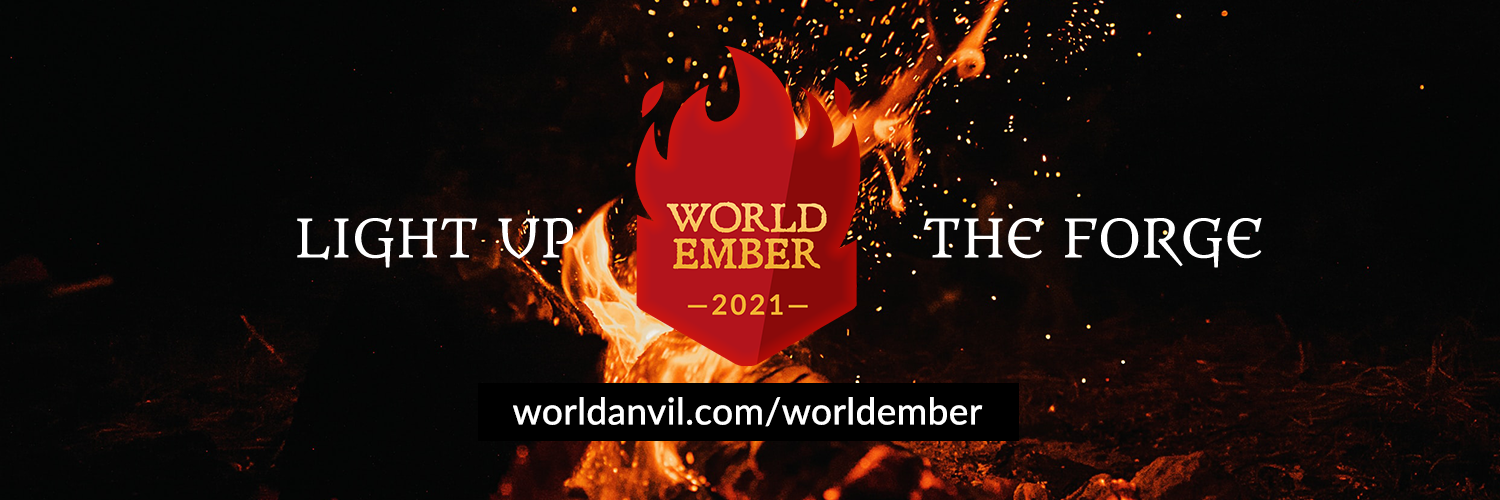Munchskin
"Dad, why are the Whippers covered in shroomsies?" A young Whipperbeard asks.Found primarily growing on the Whippopotamus are the Munchskin. These tiny mushrooms are essential for the survival of the large animal because of their food preference.
"Ah, you mean the munchskins?" The old dwarf responded. "They help the whippers to keep their skin nice and pliable."
"But how?"
Reproduction
Seeing as the Munchskin live on a life animal, their reproduction process is slightly different than expected of a mushroom. To avoid their spores accidentally landing on the ground, where they don't have food to thrive on, they release their spores through their roots. Once the last spore has left, the roots die off. A few hours later, the base of the Munchskin rips off the roots, letting the mushroom tumble down the animal to the ground.Growth
When the spores have nestled themselves in the thick skin of the Whippopotamus, they begin to consume each other. The quickest spore becomes the strongest, as it is able to consume most of the other spores and grows. When most of the remaining weak ones have been consumed, they start munching on the left over bits ofthe roots that their parent has left them. At this point, the spores have gained the strength and nutrients to wait until a good layer of dead skin cells have build up. It is at that point, the spores sprout and become visible to the rest of the world. Their wide stem grows up to 150 millimeter tall with a cap that just peeks over the stem.Symbiosis
The Munchskin has a very peculiar food preference that isn't seen in many mushrooms so far. They have an abnormal love for dead skin cells, which is why they can live in symbiosis with the Whippopotamus. The Munchskin consumes all the dead skin cells have accumulate on the thick skin of the whipper until they have eaten it all. At that point, when there is no food left for them, they leave behind their spores and fall off the animal they have been riding. This unique combination not often found between the mushroom and other living animals. Once the fully grown Munchskins fall to the ground, there is no hope left for them to continue living. Instead, they have become part of the food chain for the smaller animals roaming the plains.Whippopotamus
Many researchers still wonder how the mushroom gets itself intertwined with the Whippopotamus. These beasts are enormous and seeing how they reproduce, it has left the researchers wondering how they get onto a new one. To the members of the Whipperbeard clan, it is fairly simple. They believe that the parents transfer a few of their spores onto the Whippersnappers. Parents rub their babies when they are nurturing them, or when teaching them how to forage and find proper food. Scientists haven't been able to confirm these theories yet, but it sounds like the most logical one so far.
Scientific Name
Verbana Munchskin
Lifespan
Until they fall off
Average Height
100 - 150 millimeter
Average Cap Width
50 - 70 millimeter
Average Cap Width
50 - 70 millimeter
Geographic Distribution



I love this take on the munching mushrooms!